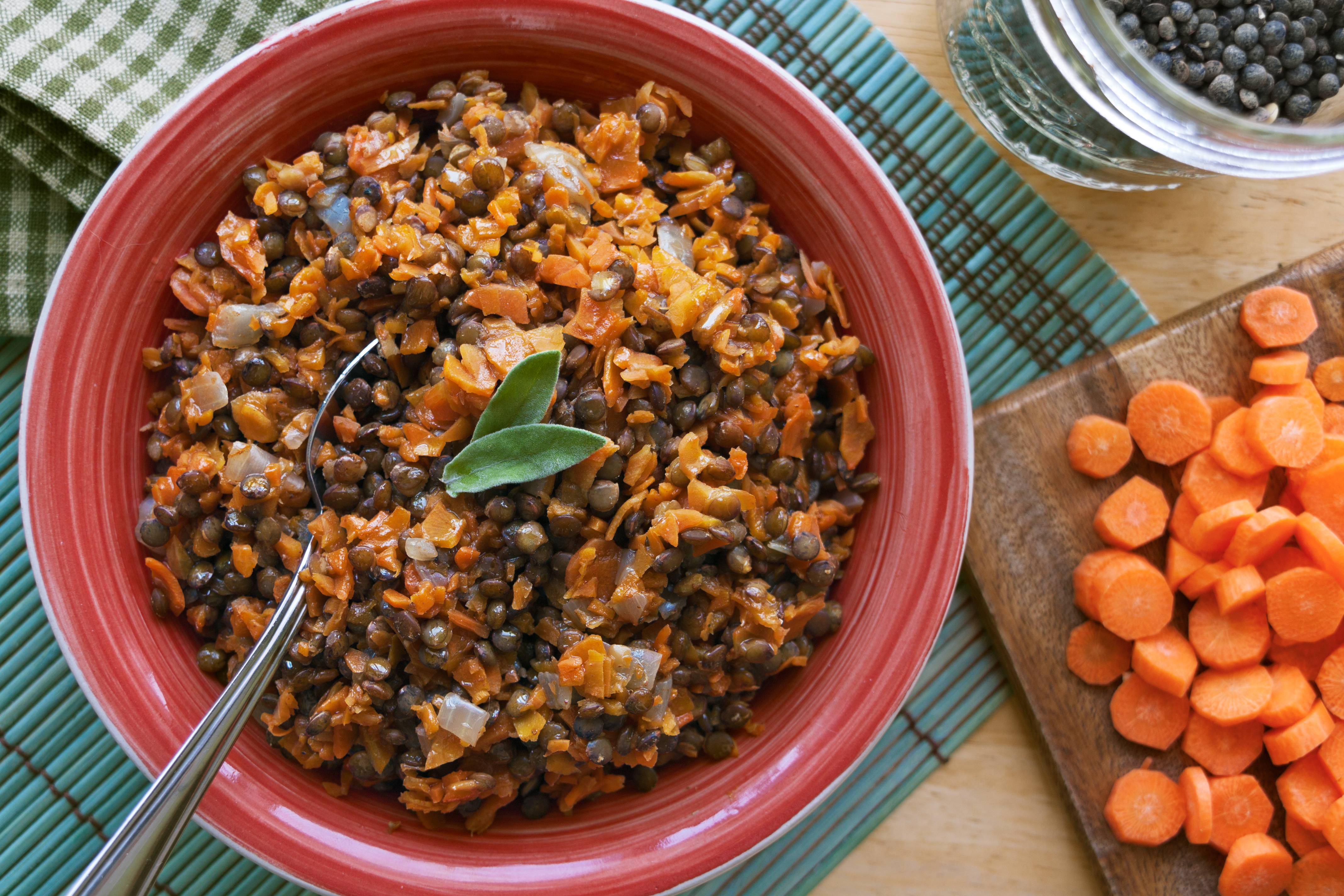You use your reusable water bottle, recycle as much as you can, and compost. Your habits include turning off the faucet when brushing your teeth to reduce water use and unplugging all unused chargers to lower energy use. You are a clear champion for our environment and believe that small changes have a big impact. But if you aren’t also looking at your diet, you may be falling short of doing all that you can to reduce your carbon footprint.

I’ve written before about bridging nutrition and sustainability, and stressed the importance of consuming a diet that supports farmers’ efforts to protect our land. But the connection between diet and the environment is complicated. There are important factors to consider when it comes to determining the impact of foods on our environment.
When concluding if a food is “good or bad” for our environment, or what the best and worst choices are for sustainable eating, we need to consider how much water and other resources are used to produce the food, the greenhouse emissions per calorie, and also how the food impacts our overall intake (whether it satisfies us so that we consume fewer calories overall). While it would seem that a diet rich in kale and sprouted grains is far superior to the traditional American diet, it isn’t quite that clear.
Environmental scientists made headlines a year ago when they reported that greenhouse emissions from lettuce are three times greater than the emissions from bacon. At first glance this looks like a “win” for bacon lovers worldwide, but at closer examination it’s clear that this headline isn’t quite so simple. To come to this conclusion, scientists examined energy use, blue water footprint, and the emissions produced from three different dietary approaches: a low-calorie diet, one based on the 2010 Dietary Guidelines only, and a diet that’s both low in calories and based on the 2010 Dietary Guidelines. When these three diet patterns were compared, the result was that the only diet that reduced resources and emissions was the diet that focused solely on fewer calories. Of course it would make sense that eating less results in following a more sustainable diet…take in less energy and you use less energy. So why the bacon? This came down to the satiety of bacon, and that it may help us consumer fewer overall calories because it’s satisfying. Let’s just say that as your dietitian I think there may be other approaches to following a sustainable diet for us to consider.
What we do know is that the Dietary Guidelines recommend a diet high in animal-based products, which are foods that require a lot of resources to produce. Prior to releasing the 2015 Dietary Guidelines, the advisory committee acknowledged the importance of a sustainable diet. The connection between diet and the environment, however, is not a guiding principle of the final version.
While a diet rich in bacon is not the solution, we can seek a middle ground that helps us follow a healthful diet that’s both good for us and our environment. The Environmental Working Group offers a comprehensive guide to understanding emissions and how to follow a sustainable diet. There are a few key points that are clear from this guide. To begin, buy local, as the fewer resources used to get that food to your plate the better. Next, consume a diet rich in foods that have the lowest emissions including lentils and beans, tomatoes, broccoli, bananas, nuts and eggs. Additionally, choose seafood and animal based proteins that use fewer resources like light canned tuna, salmon, and chicken. Sadly for cheeseburger lovers, cheese and beef are among the top three foods highest in emissions.
When it comes to following a sustainable diet, we all should do the best we can, while still enjoying a balanced, varied diet. Consider your personal pattern and the small changes you can make to keep the connection between diet and the environment on your plate.